The meaning of surrealism is an art in photography that expresses an otherworld, dreamlike photoshop, unconscious ideas, and emotions.
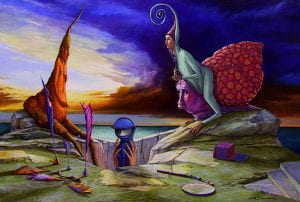
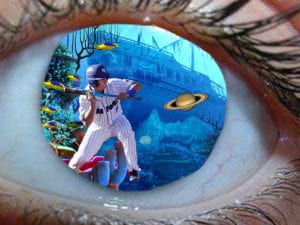
The meaning of surrealism is an art in photography that expresses an otherworld, dreamlike photoshop, unconscious ideas, and emotions.


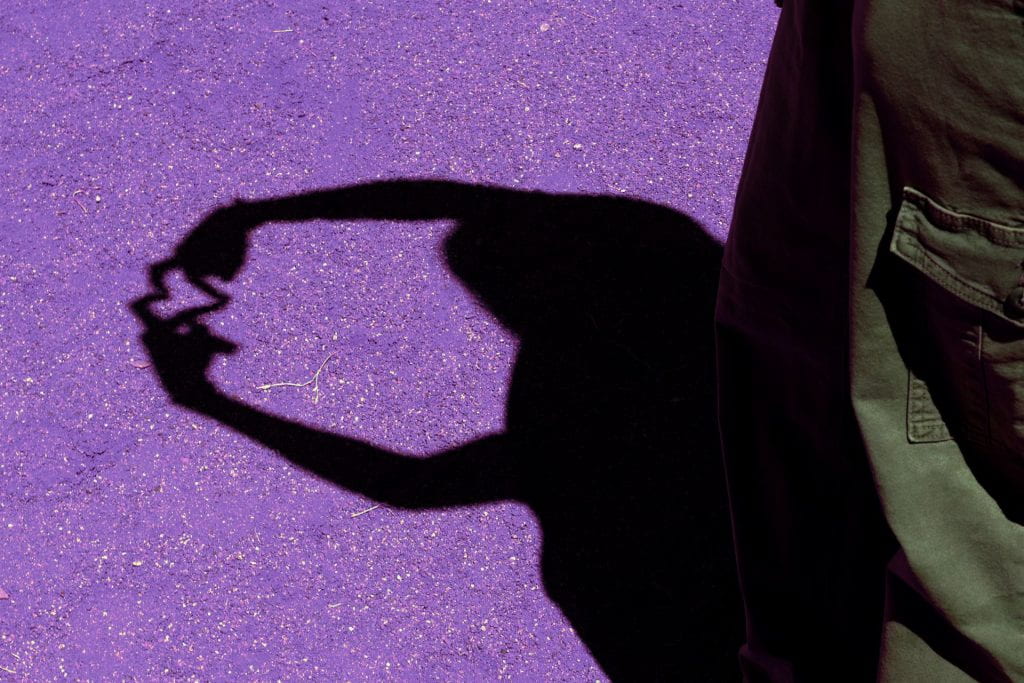
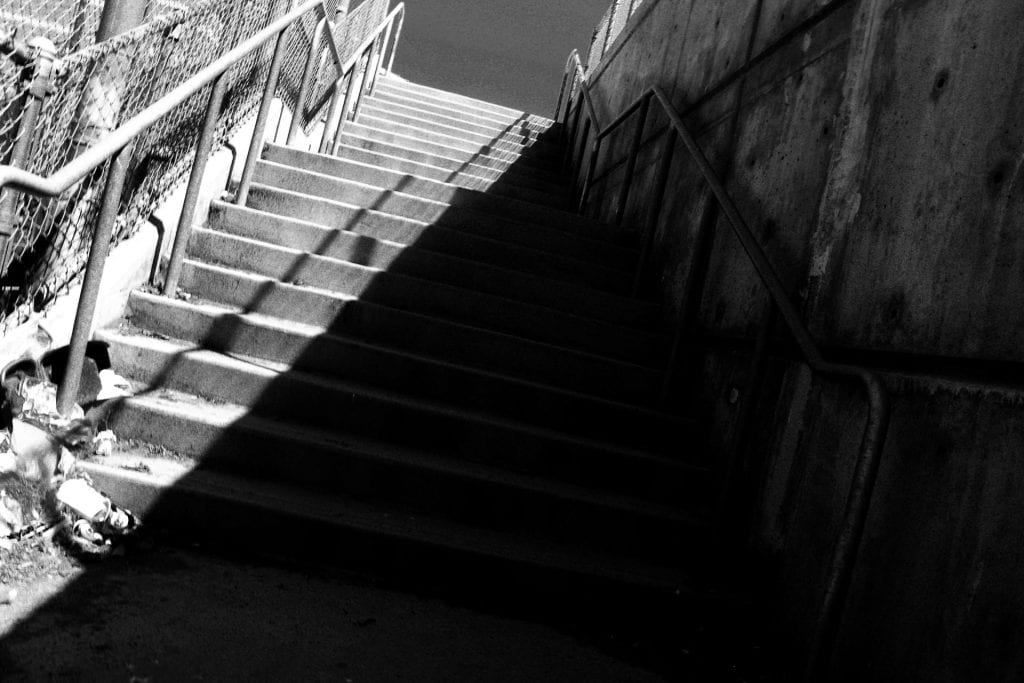
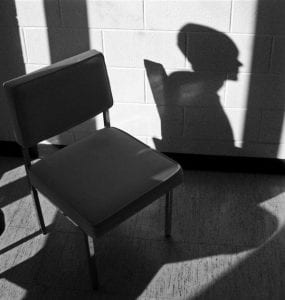
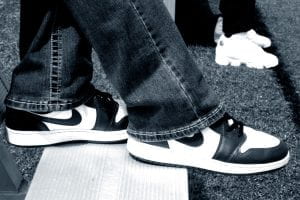

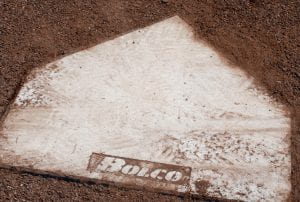
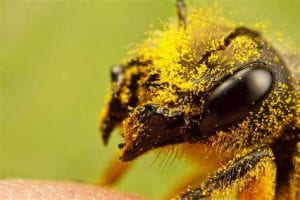
Camera exposer is basically controlling how bright and or dark the photo will be due to the three settings: ISO, aperture, and shutter speed. The aperture controls how much light enters the lens, the shutter speed controls how slow (fast) the shoot takes, and ISO controls your camera’s sensitivity. The faster the shutter speed the more a moving object will stay still, while the slower the more motion blur is there though you should be shooting at 60th of a second while hand holding. The aperture setting is basically which lens you plan on shooting with, the bigger the lens the more light gets inside the hole, though only shoot with a HUGE lens in a dark room like a hallway. Finally, the ISO setting, it determines how sensitive the camera is to the incoming light. Although unlike the other settings, the iso speed (settings) is always desired to be at a lower speed since the higher the speed the more pixelated the image gets.